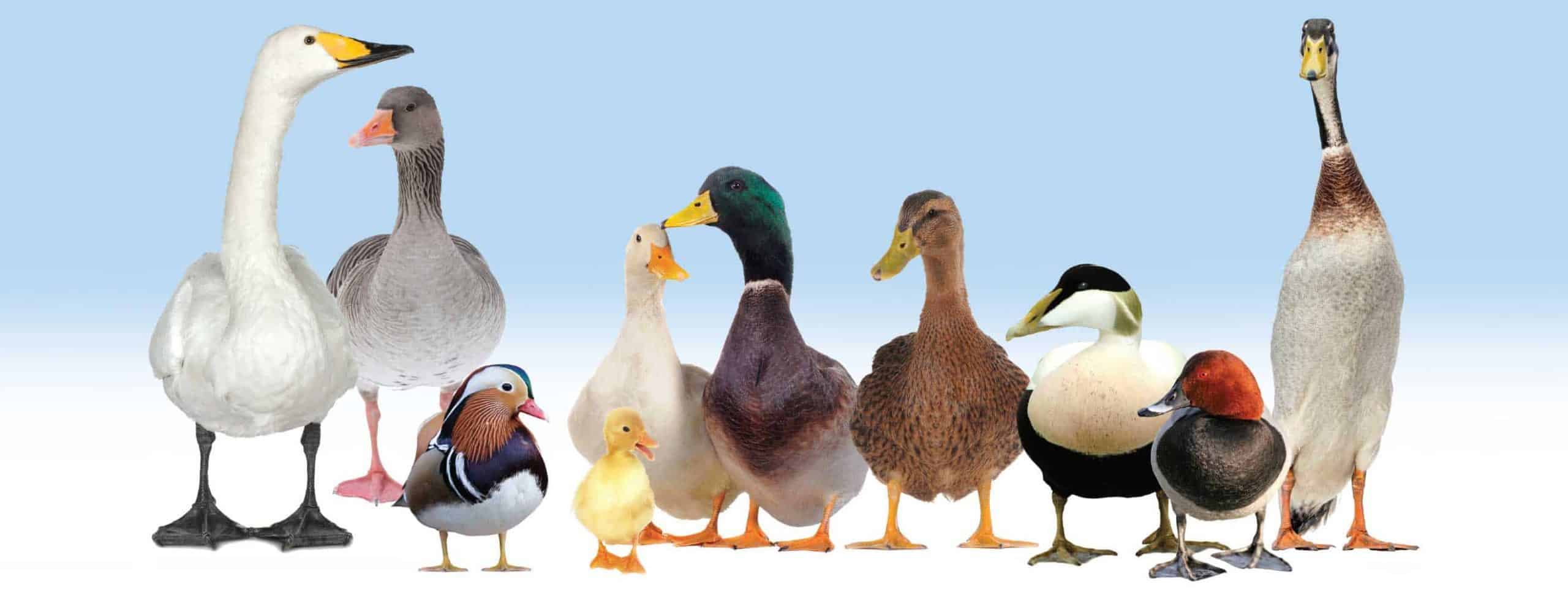Pal-Mates … weekend web tip
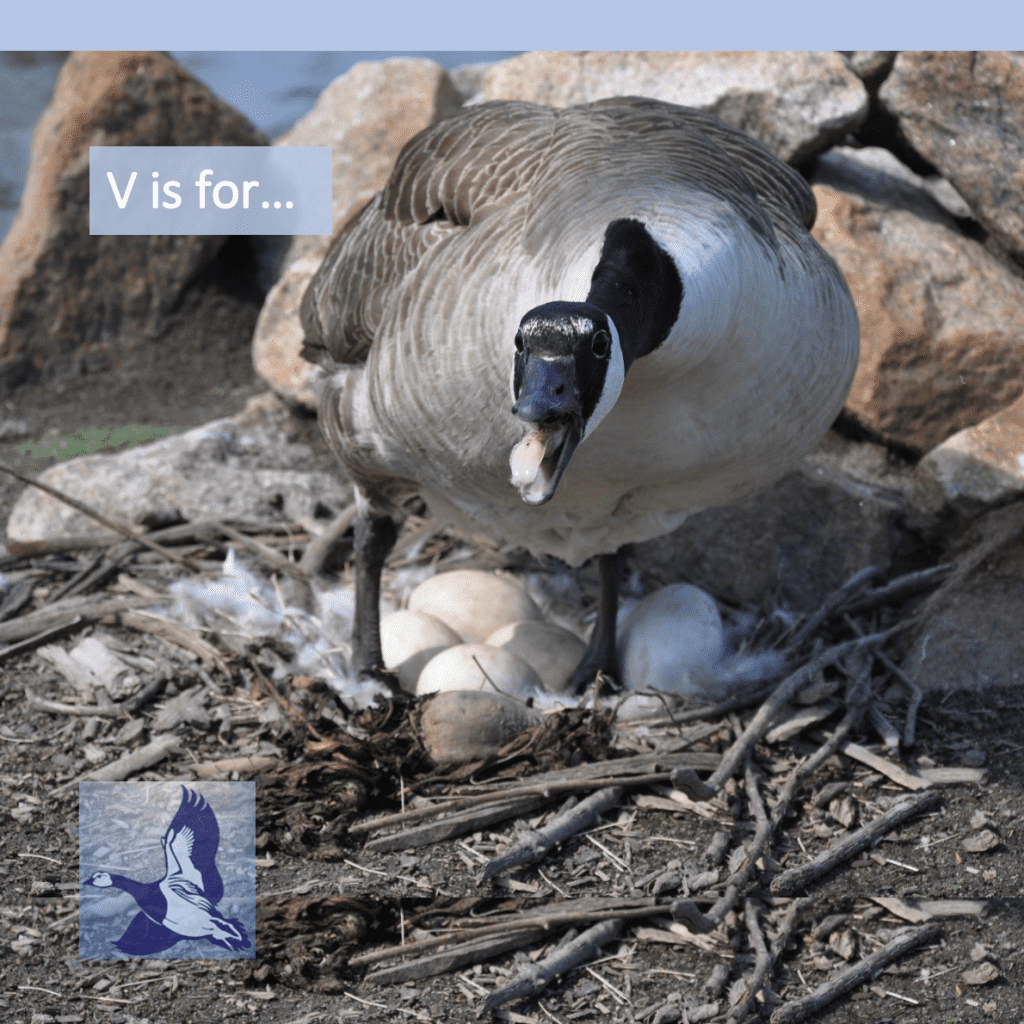
V is for vitelline membrane. This is a gossamer-fine, multi layered, protein membrane separating the yolk from the white (albumen) in the egg. The fine twisted cord seen in the tweezer is one of the chalazae, holding the yolk in position. The developing embryo is attached to this membrane and floats to the surface — […]
Pal-Mates …weekend web tip
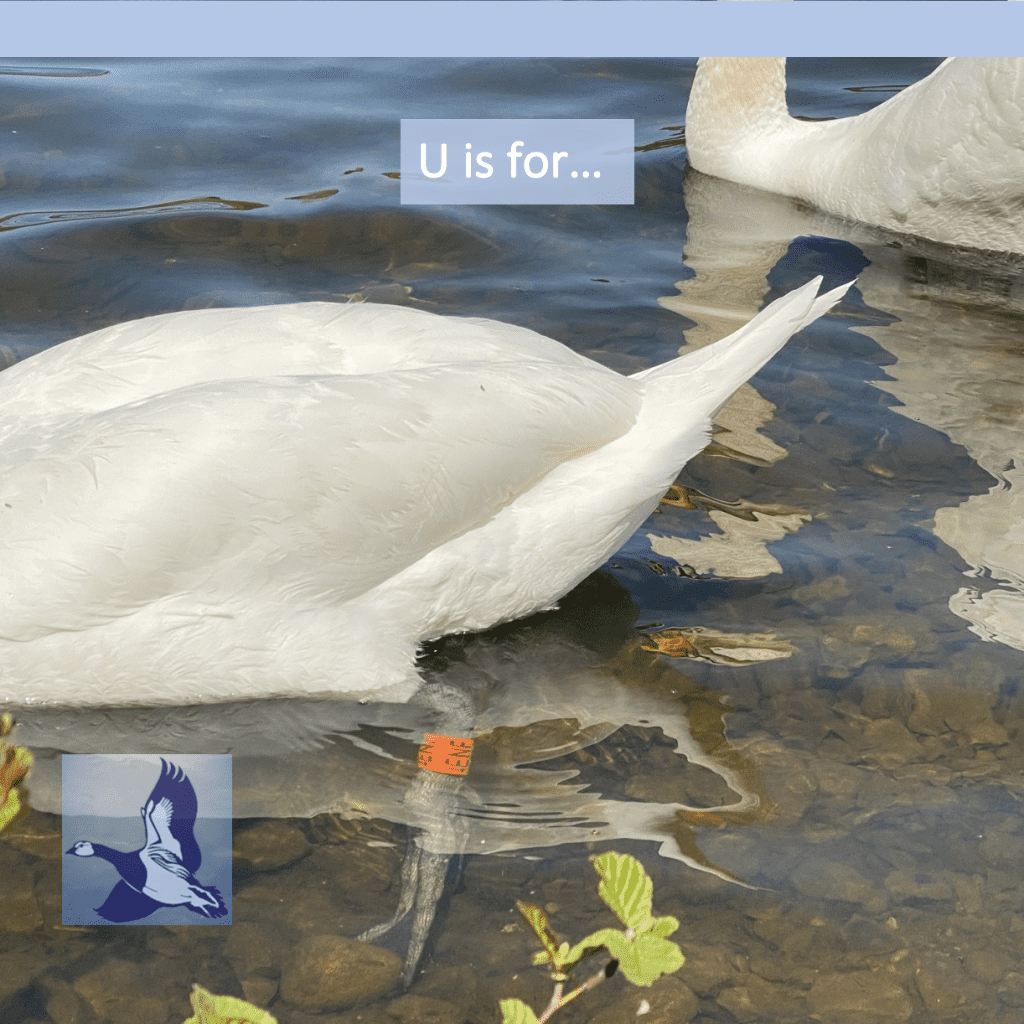
U is for underwater. All may be serene on the surface, but there’s lots going on below. Some birds prefer to stay topsides, but others spend time undewater foraging for food.
Pal-Mates … weekend web tip
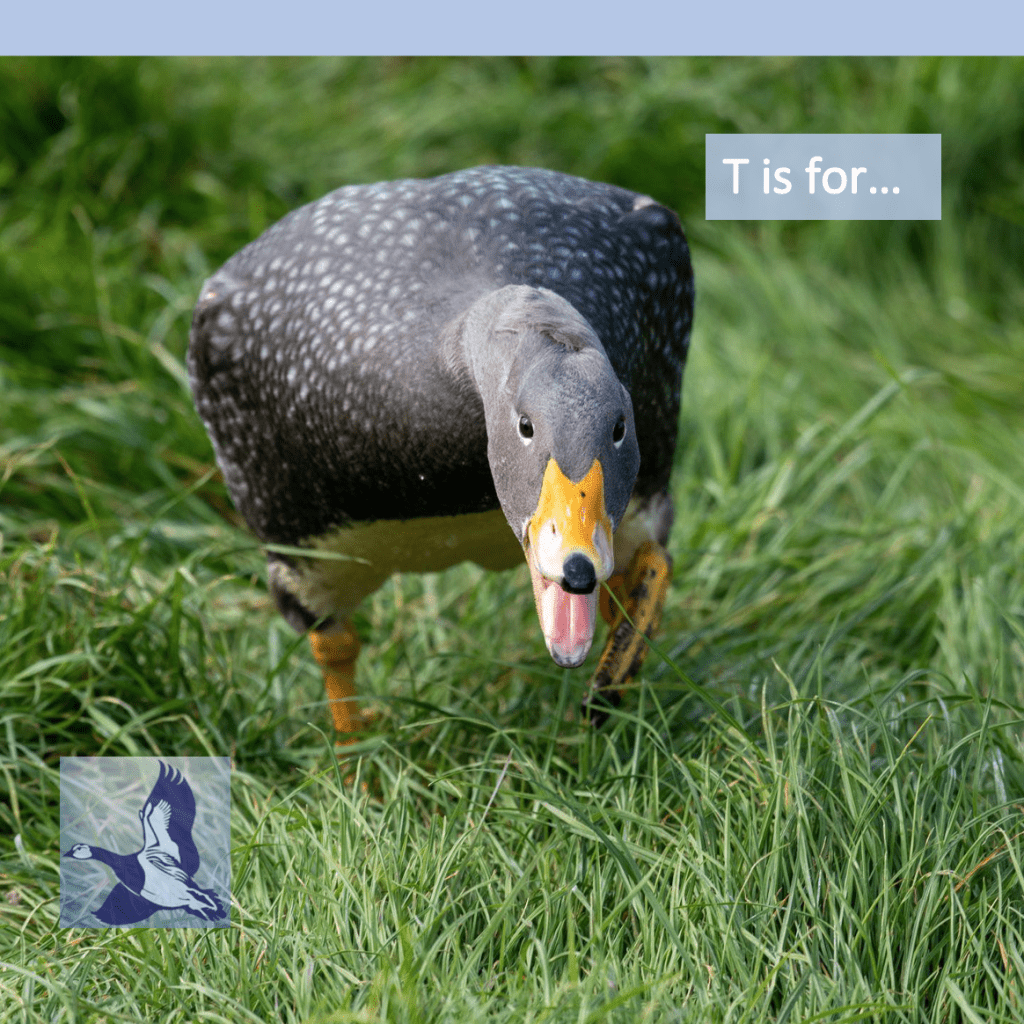
T is for Territory. In the breeding season, waterfowl can become aggressive. Particularly when defending a nesting territory or hatchlings. If you are planning a new addition to your pond, it pays to talk to other breeders of the waterfowl you’d like to keep. Dominant and beligerent species can even prevent others breeding. Some are […]
One more week of Flockdown

APHA have just announced that the housing requirement will be lifted on Monday 2nd May — but strict mandatory biosecurity measures will remain in place for all birds. We know it has been a tough time for many. This is just a start of the easing process. We are advised to prepare our outdoor […]
Pal-Mates … weekend web tip

S is for substrate. Some waterfowl pull nesting material down from surrounding vegetation, crafting a beautiful nest. They might pull in straw from nearby if it takes their fancy. Some prefer a cavity; we usually line a box with nesting material to protect the eggs if it has a solid base. Good substrate materials […]
Pal-Mates … weekend web tip

R is for repair and restore. The double brooding tanks that many of us use can get chips and little voids in the gel-coat (the shiny inside surface) over time. It is surprisingly easy to repair. 2 part epoxy putty is readily available from model and craft shops. Mix equal parts of putty together and […]
Pal-Mates … weekend web tip

Q is for Quill. The bare part of the central shaft of a feather, nearest to the body. As the true feathers start to grow in youngsters, the feather is surrounded by a sheath and has a regular blood supply. When these ‘pins’ as they are known, continue to grow, they are very […]
BWA Spring event – Postponed
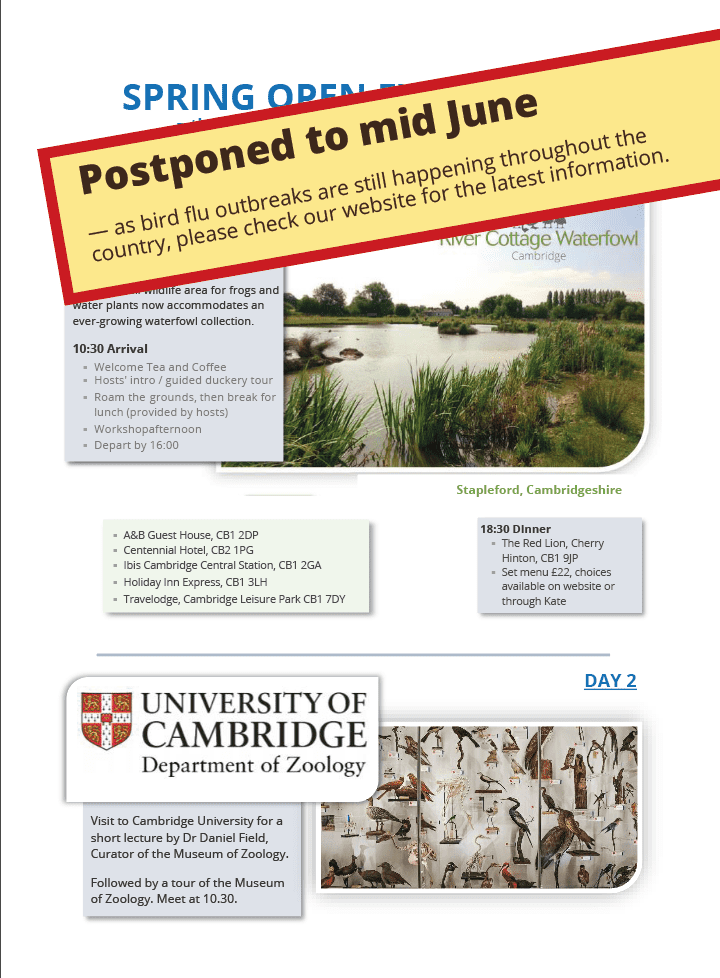
Postponed to mid June as bird flu outbreaks are still happening throughout the country. A new date for this event will be posted in due course.
Pal-Mates … weekend web tip
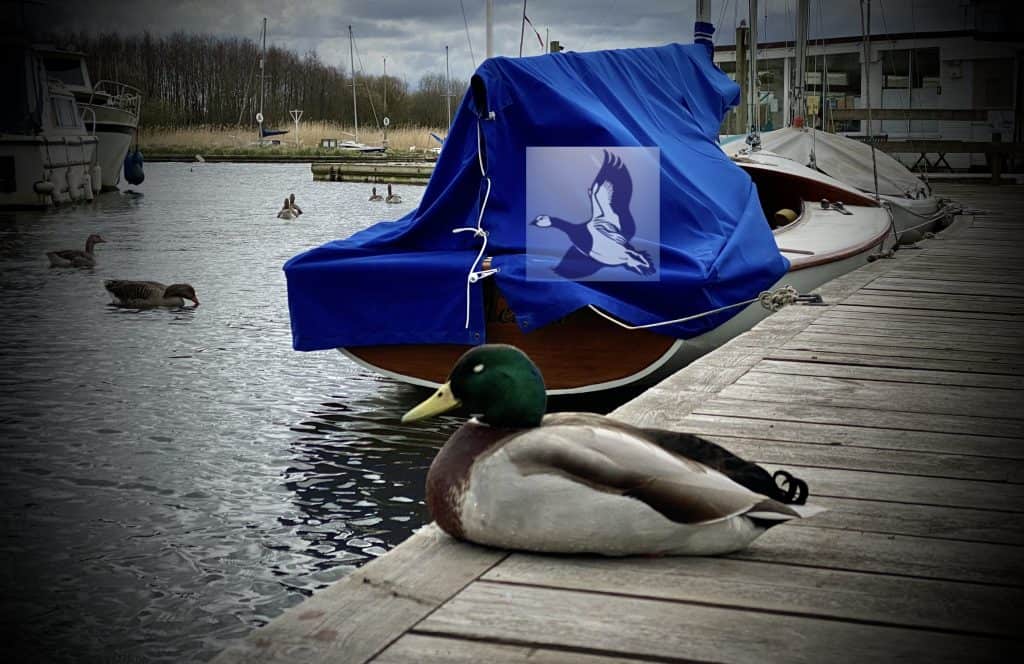
P is for Prolapse. At this time of year breeding is uppermost in bird thoughts. Not all birds have a penis, or intromittent organ, but ducks do. The male sex organs are normally tucked within the cloaca, but you might see them after the bird has been sexually active. As you can see in […]
How our waterfowl can help with child development
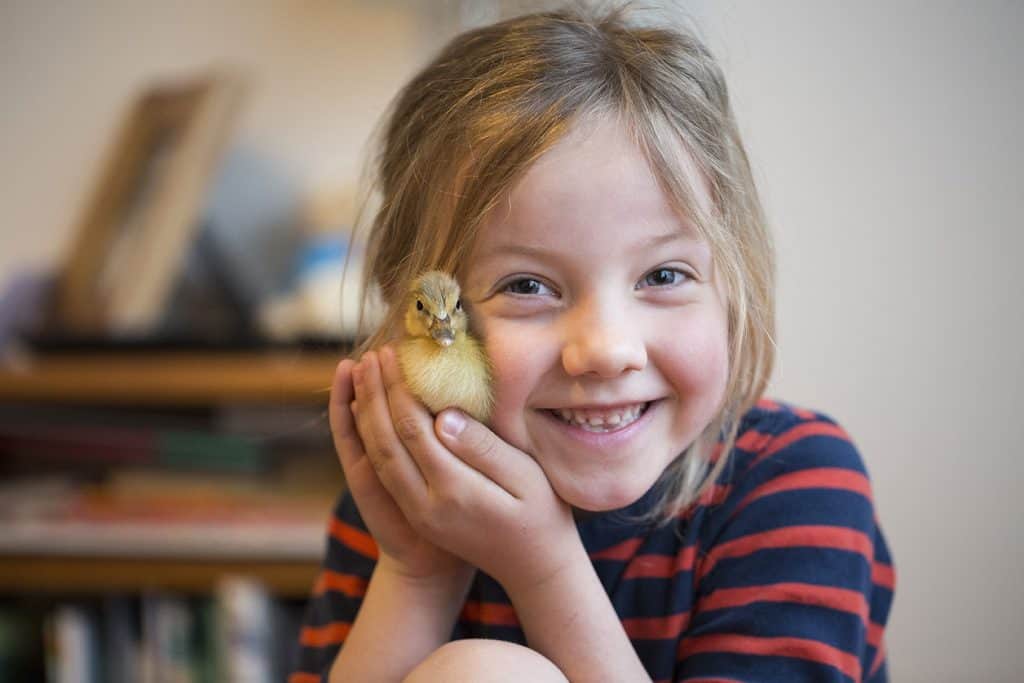
Animals in general can contribute several benefits to humans. Pets of many kinds may help lower stress, loneliness, and anxiety. They may even encourage their owners to exercise and live a healthy lifestyle. Animals may also help with children’s development. Early experiences influence your child’s brain, and their environment is essential for their language, cognitive, […]


